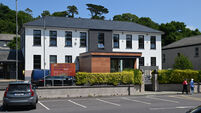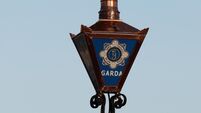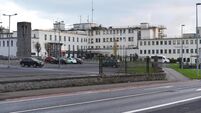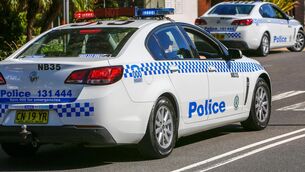Firefighters to face further fitness tests
Fire chiefs across the 32 counties are planning to introduce regular fitness tests for their officers, a conference of fire officers from Britain and Ireland was told today.
Peter Craig, Assistant Chief Fire Officer of the Northern Ireland Fire Brigade said the current system of testing was no longer sustainable.
“You test someone at point of entry and again when they are 40 there could be a gap of 22 years," he said.
Mr Craig, who was chairing an annual two day conference on fitness, said that voluntary tests are already being planned and the eventual aim was to introduce compulsory testing.
But he denied that this could lead to unfit officers being forced out of the service.
“It isn’t a draconian measure to get people out of the organisation. I think it will be a genuine bid by management to look at the physical and mental well-being of our personnel and spot problems at an early stage.
“We are in the process of talking to the fire brigade unions across a whole range of issues and this is one of the areas where we are keen to open dialogue and discussion.
“What we are trying to do is introduce a voluntary three year fitness test and we are now looking to work with the representative bodies to introduce occupational health schemes to work in parallel with physical fitness testing,” he added.
Ciaran Dunne, the Executive Manager of Dublin Fire Brigade said they were also planning to introduce regular fitness tests for their officers.
He added that this was a controversial subject among trade unions.
“There is a fear factor that people’s jobs could be in jeopardy if they don’t fit the bill.
“But the acid test is that we have to ensure that people who are 20 years in the job are as capable of doing the job as they were when they came in.”
The two day conference, being held for the first time in Northern Ireland, is looking at the major issues facing brigades across the UK and Ireland in keeping firefighters fit for duty.
This year, the topics under discussion include a focus on major disasters, the physiological demands of search and rescue, and working in gas-tight suits.












